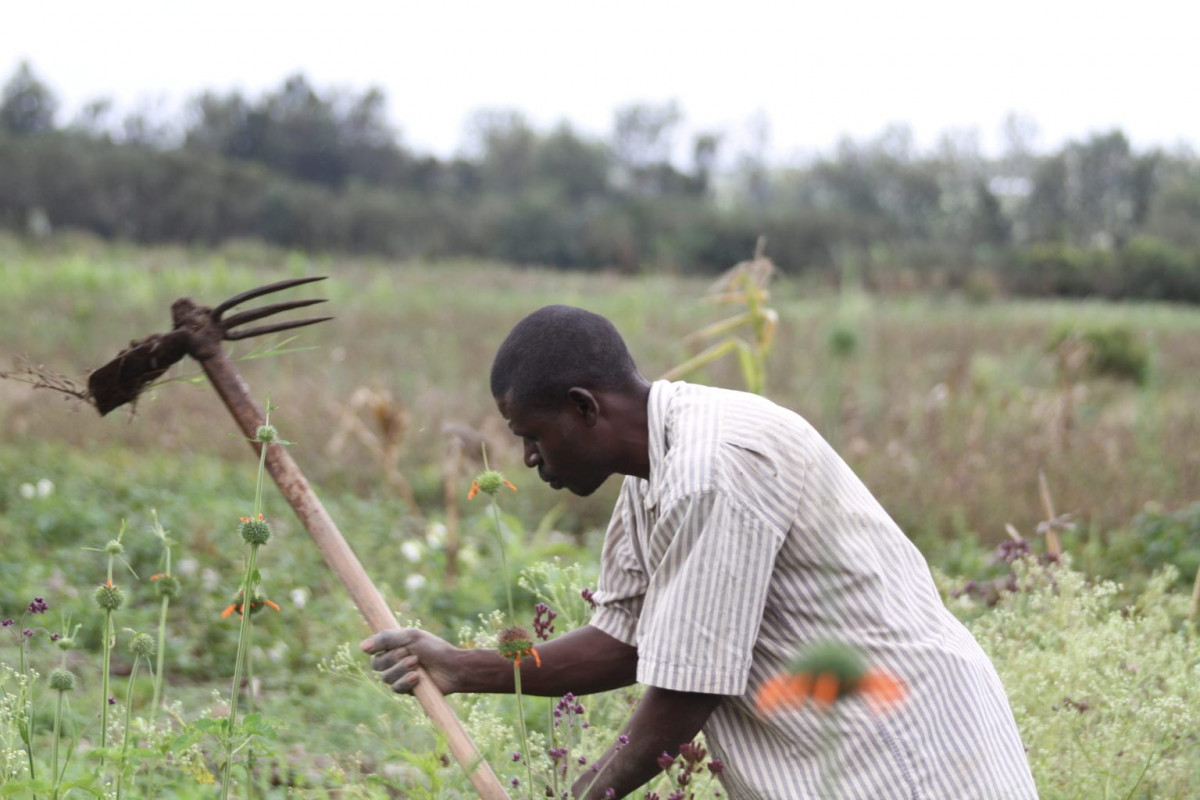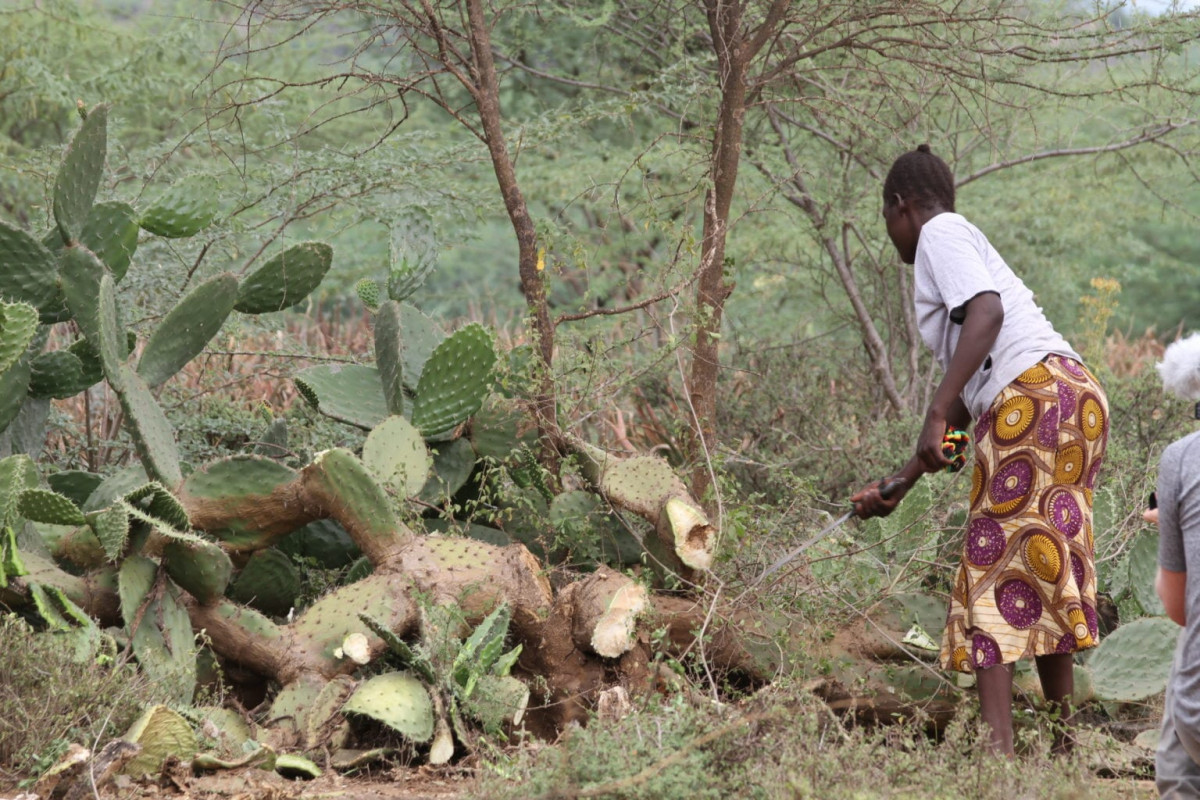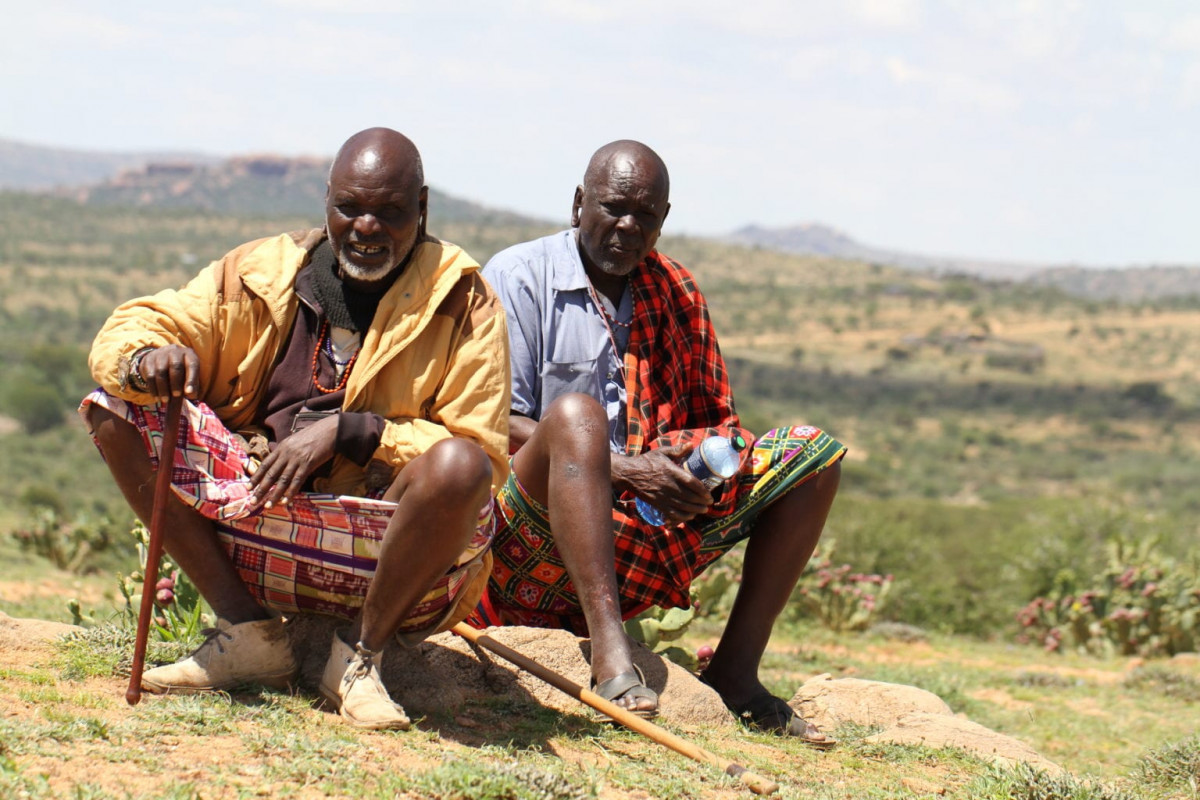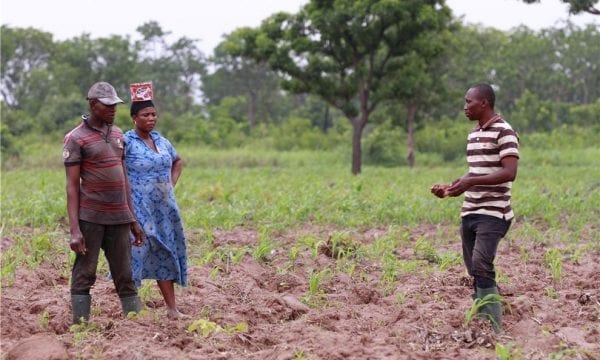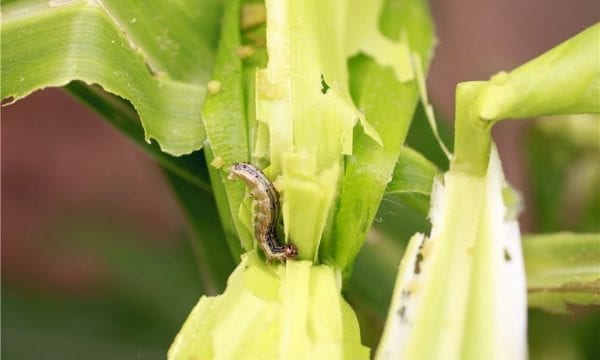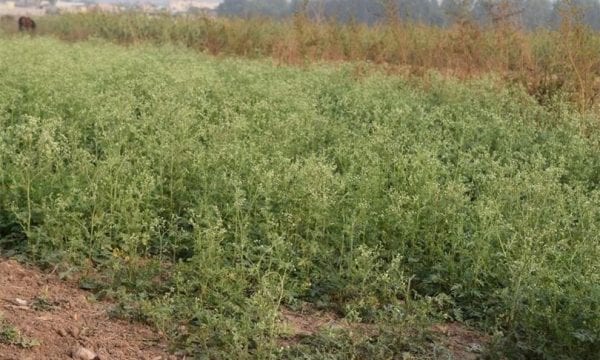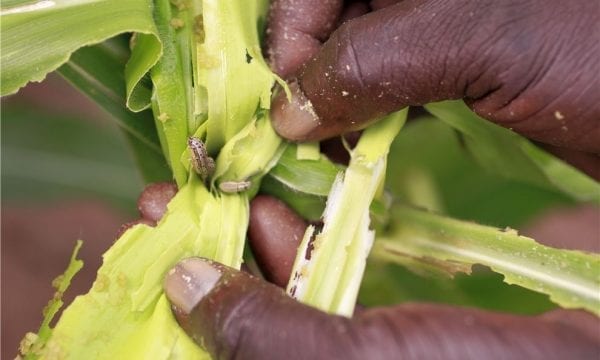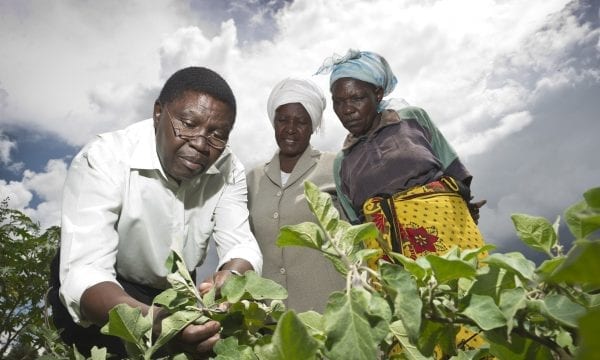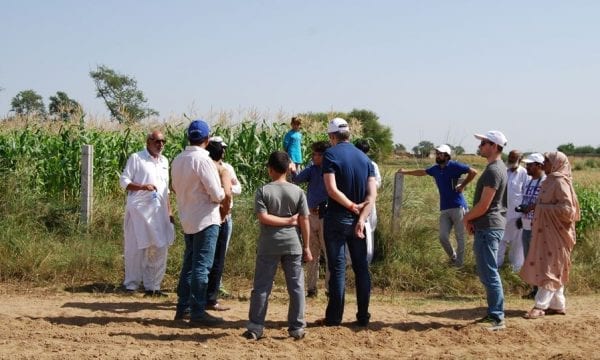Action on Invasives
CABI’s global Action on Invasives programme aims to protect and improve the livelihoods of rural communities through an environmentally sustainable, regional, and cross-sectoral approach to managing invasive species.
Asia
Bangladesh
Bukina Faso
Ghana
Kenya
Pakistan
Rwanda
Zambia
Project Overview
So, what’s the problem
The global cost of invasive species is estimated at US$1.4 trillion per year – close to 5% of global gross domestic product. Invasives disproportionately affect vulnerable communities in poor rural areas, especially in developing countries which depend on natural resources, healthy ecosystems, trade and tourism for their livelihoods. By destroying livelihoods, they undermine economic growth and contribute to economic migration. The threat posed by invasives is not limited to agriculture or biodiversity – they have a significant impact on almost all Sustainable Development Goals (SDGs).
What is this project doing?
Action on Invasives adopts a systems-based approach to managing biological invasions across sectors in three stages:
-
Prevention: developing and implementing biosecurity policies to prevent the arrival and spread of invasive species and raising awareness of potential threats at a local level
-
Early detection and rapid response: building capacity to develop and implement surveillance and emergency action plans for detecting and eradicating new invasions
-
Control: scaling up existing invasive species management solutions; embedding control options in policy; and making sure that those living in rural communities have access to best practice and locally adapted solutions and are actively engaged in their implementation
Action on Invasives brings together CABI’s 100-year track record in invasive species management, strengthening of plant health systems, and delivery of practical and authoritative knowledge and solutions into the hands of everyone affected – from farmers to policy-makers.
For more information about the programme, visit www.invasive-species.org
Results
Action on Invasives worked in selected countries considered to be focal points, from where activities could then be regionalized. The first participating countries were Ghana, Kenya, Pakistan and Zambia, and in 2019 activities were initiated in Rwanda and Bangladesh. In 2020, some activities were initiated in Burkina Faso.
Focus species included fall armyworm (FAW), tomato pinworm, parthenium, papaya mealybug, Prosopis juliflora, fusarium wilt, apple snail and the desert locust.
Action on Invasives was designed to enable countries and regions to adopt the three-staged approach through four interrelated work packages:
- Stakeholder Engagement – Fostering the Right Partnerships
- Best Practice Solutions – For Prevention, Control and Mitigation
- Community Action – Bringing Information and Action to Scale
- Knowledge and Data – Creating and Using Information
Programme highlights:
Stakeholder Engagement
Fostering linkages and partnerships through which policy, plans and practices can be developed and implemented.
- 2 national invasive strategies being implemented
- 1 regional strategy developed
- 6 species response plans being implemented
- 2 national invasives coordination mechanisms established
- 4 companies facilitated to register lower-risk control products
- 3 sets of biological control regulations developed/supported
- 8 evidence notes published on impacts and management of invasives
Best Practice Solutions
Delivering technologies and methods for risk assessment, diagnostics, surveillance and control.
- 3 horizon scanning exercises conducted
- 6 surveillance programmes conducted
- 13 countries’ FAW samples identified
- 8 FAW Integrated Pest Management methods tested
- 6 FAW biocontrol agents assessed
- 3 parthenium agents assessed
- 3 biocontrol agent species shipped
Community Action
Adapting best practice solutions to local contexts and needs.
- 3m people reached
- 192 communities supported in Pakistan
- 18 community trials in Africa
- 15 communication campaigns conducted
- 11 household assessments undertaken
Knowledge and Data
Creating and availing information tools and resources.
- 4m users of Invasive Species Compendium
- 30,000 visits to Horizon Scanning Tool
- 27,000 visits to PRA Tool
- 22,000 visits to Research Collaboration Portal
- 165 datasheets created (2,500 updated)
- 5 invasive species information portals created
In 2021, Action on Invasives merged into CABI’s new global programme, PlantwisePlus where major elements of Action on Invasives will become part of PlantwisePlus.
A number of publications have been published as part of the Action on Invasives programme. You can view these here, Annual Reports can also be downloaded below in the Documents section.
Project Manager

Roger Day
Global Advisor, Plant Health
CABI, Canary Bird, 673 Limuru Road, Muthaiga, PO Box 633-00621, Nairobi, Kenya
Partners
National and regional partners in target regions; international research and development organisations
Documents

